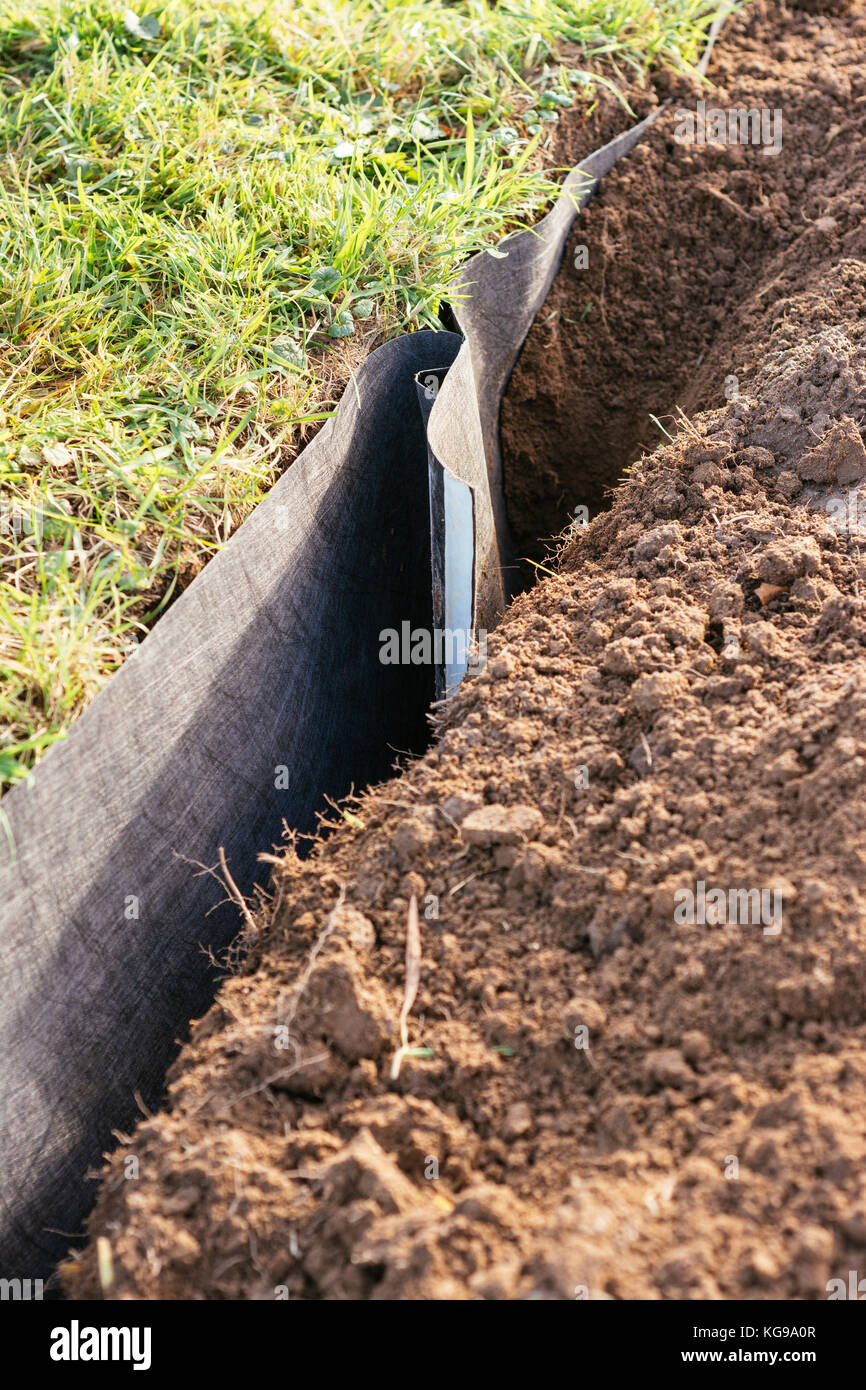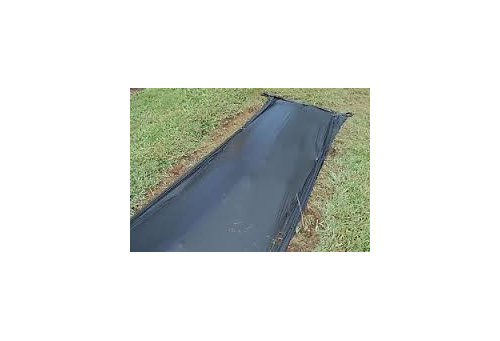
Those voracious little buggers love to creep underground and pop up exactly where you don’t want them too.
Best root barrier for raspberries Patch#
Getting your raspberry patch to STAY where you want it to stay, and not take off sprinting in all different directions is incredibly difficult. Just as with strawberry plants, raspberry and blackberry plants should not be planted where eggplants, peppers, potatoes or tomatoes have been grown within the past 3 years.I know you all know exactly what I am talking about. Raspberry and Blackberry plants will provide enjoyment for about 8 to 12 years if regularly maintained.

If both crops are wanted, then prune as regular raspberries. Rule of thumb: If a cane or limb has not flowered or fruited, DO NOT cut if off.įall bearing raspberries, such as the Heritage variety can be mowed off about 2 to 3 inches from the ground after fall fruiting if only a fall crop is wanted.

The smaller growing canes that are produced during the growing season are vegetative canes, which should be thinned out, as they will produce fruit the following year. For those who want the plants togrow as tall as possible, a simple trellis can be installed to hold the taller growing canes.Ĭanes that flower and fruit should be removed at the ground level after they have fruited or during fall/winter clean up as well as any damaged, dead or weaker growing canes. Most red raspberries have a more erect type of growth and can be kept in shrub form especially if lightly pruned. Raspberry plants should be planted about 2-3 feet apart with rows that are 3 to 5 feet apart. Based on results of the soil testing, apply fertilizer in March and for fall bearing raspberries, such as Heritage, make another application in May. Soil testing is the best way to determine the condition of your soil and what needs to be added to balance it out.
Best root barrier for raspberries full#
Raspberry plants also prefer full sun and thrive in soil with a pH of 6.5. Rule of thumb: If the cane or limb has not flowered, DO NOT cut if off. As a reminder to you as which canes flowered and fruited, tie a string or ribbon around them to know which canes to remove at the end of that season. The next year, the previous season’s primocanes are now floricanes, and they are flowering and fruiting and the cycle continues. At the end of each year, prune out the floricanes, which were the branches that flowered and fruited that season. During that second year’s growth when the cane is flowering and fruiting, the plant is producing new first year shoots called primocanes. Blackberry plants produce fruit on second year shoots called floricanes. Space plants at least 3 feet apart with rows about five-eight feet apart. Just as with strawberry plants, raspberry and blackberry plants should not be planted where eggplants, peppers, potatoes or tomatoes have been grown within the past 3 years. After seeing the test results, apply fertilizer in early spring. Again, soil testing is highly recommended before applying any fertilizer, as fertilizer is only used to balance out the soil. Fertilizer will vary with the type of plant and the soil conditions. Testing the soil before planting is easier should amendments be required. Use what is available as long as it will prevent root expansion.īlackberry plants like full sun and a pH of approximately 6.0 to 6.5. Many materials will work for the barrier. “Planting” a barrier that is about one foot deep around the perimeter of the planting area will keep the roots from spreading and producing unwanted growth. To keep this type of growth limited, the roots should be contained. The trailing varieties often produce new plants from their root system. The upright varieties grow much as most other shrubs do. Links to detailed planting and growing instructions as well as recipes can be found at the bottom of this document.īlackberry plants will fall into one of two types: the ones that grow in an upright erect habit and the trailing ones that need support or trellising. Typical fruit yield is 2 to 4 quarts per plant. Raspberry and Blackberry plants generally begin producing in 2 to 3 years. Plant in soil with a pH level of 6.0 to 6.5 with the crown (where the root system begins) no more than ½ inch below the ground’s surface. Upright blackberry and raspberry plants should be planted 3 to 5 feet apart in full sun.

However, if a second variety is planted nearby, they will have heavier fruit production. All blackberry and raspberry plants are self-fertile and will have good fruit production on their own.


 0 kommentar(er)
0 kommentar(er)
